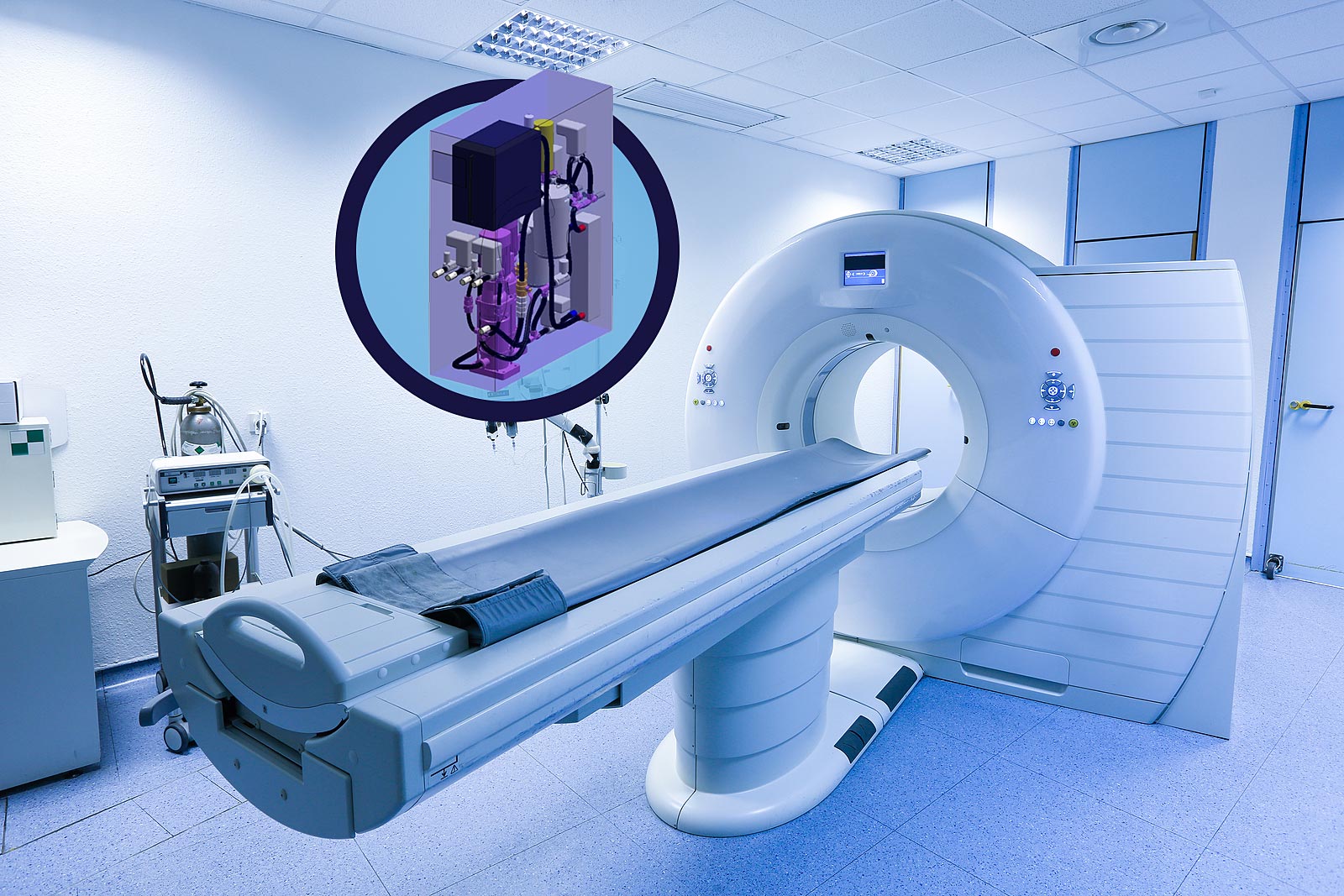
In the rapidly evolving landscape of healthcare, technological advancements have become synonymous with progress. From state-of-the-art imaging machines to cutting-edge surgical instruments, new equipment continuously revolutionizes patient care.
However, the successful integration of these innovations hinges not only on the efficacy of the equipment itself but also on the proficiency of the medical personnel tasked with using it. Thus, the art of training becomes paramount in ensuring seamless adoption and utilization. In this article, we delve into the strategies and methodologies essential for effectively training medical personnel to work with new equipment.
Understanding the Importance of Training:
Before exploring the intricacies of training methodologies, it's crucial to grasp the significance of comprehensive training programs. Beyond mere familiarity with buttons and functions, proper training empowers medical personnel to harness the full potential of new equipment, optimize patient outcomes, and mitigate risks associated with unfamiliar technologies. Furthermore, proficient use of equipment fosters confidence among staff, enhancing overall efficiency and reducing the likelihood of errors.
Tailoring Training Programs:
One size does not fit all when it comes to training medical personnel. Recognizing the diverse backgrounds, skill levels, and learning preferences within healthcare teams, training programs must be meticulously tailored to cater to individual needs.
This may involve pre-assessment surveys to gauge existing knowledge, followed by customized curriculums that address specific skill gaps. Additionally, offering varied learning modalities such as hands-on workshops, interactive simulations, and online modules ensures inclusivity and accommodates different learning styles.
Emphasizing Hands-On Experience:
While theoretical knowledge forms the foundation, hands-on experience is the cornerstone of effective training. Providing ample opportunities for medical personnel to interact directly with the new equipment under the guidance of experienced trainers is indispensable.
Hands-on sessions not only familiarize participants with operational intricacies but also instill confidence through repeated practice and feedback. Incorporating realistic scenarios and simulated patient interactions further enhances the relevance and applicability of training.
Utilizing Simulation Technologies:
In recent years, advancements in simulation technologies have revolutionized medical training. High-fidelity simulators replicate real-life clinical scenarios with astonishing accuracy, offering a safe environment for medical personnel to hone their skills without compromising patient safety. Whether it's practicing complex surgical procedures or troubleshooting equipment malfunctions, simulation-based training bridges the gap between theory and practice, fostering competence and preparedness.
Encouraging Continuous Learning:
Learning is a dynamic process that extends beyond initial training sessions. To ensure proficiency with new equipment, healthcare institutions must foster a culture of continuous learning and skill development.
This may involve establishing dedicated resource centers equipped with reference materials, online tutorials, and peer-to-peer knowledge sharing platforms. Furthermore, encouraging participation in conferences, workshops, and certification programs keeps medical personnel abreast of emerging trends and best practices.
Promoting Team Collaboration:
Effective utilization of new equipment often entails interdisciplinary collaboration. Thus, training programs should emphasize teamwork and communication skills alongside technical competencies. Conducting joint training sessions involving clinicians, technicians, and support staff fosters a shared understanding of equipment functionality and promotes seamless integration into clinical workflows. Moreover, fostering an environment where questions are encouraged and knowledge exchange is valued nurtures a culture of collaboration and innovation.
Evaluating Training Effectiveness:
Assessing the effectiveness of training programs is essential for continuous improvement. Incorporating pre- and post-training assessments allows for the measurement of knowledge acquisition and skill proficiency. Moreover, soliciting feedback from participants regarding the training experience and soliciting suggestions for improvement provides invaluable insights. Regular reviews and updates to training protocols ensure alignment with evolving technological advancements and clinical practices.
Conclusion:
In the ever-evolving landscape of healthcare technology, effective training of medical personnel is paramount for successful integration and utilization of new equipment. By tailoring training programs to individual needs, emphasizing hands-on experience, leveraging simulation technologies, and fostering a culture of continuous learning and collaboration, healthcare institutions can empower their staff to master innovation and deliver optimal patient care.
As the healthcare industry continues to embrace technological advancements, investing in robust training methodologies remains indispensable in shaping a proficient and resilient workforce.
I always find new and interesting information in every post on this blog. Keep up the good work!
Bogdan Mccullough
04.03.2024It was a great find in this problem, thanks for sharing it with your readers.